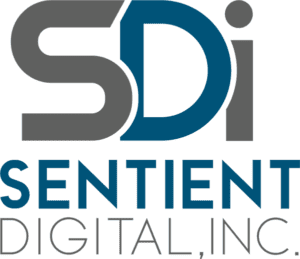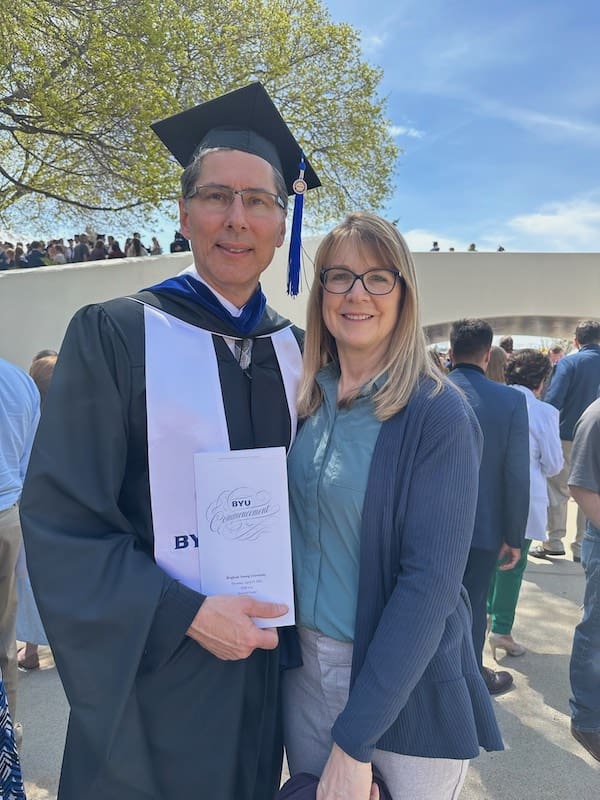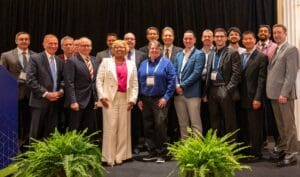What does a culture of curiosity look like and how can you establish one in your organization? Jon Dionne, General Manager and Director of Mission Software Solutions embodies the value that Sentient Digital, Inc. and its subsidiary, RDA, place on learning throughout a lifetime, as an integral part of organizational culture. Having a curiosity-centered work fosters innovative thinking and allows employees to enjoy the process of continually taking on new challenges. Learn more about these benefits through this case study.
What is a Culture of Curiosity and What Are Its Benefits for Employees and Organizations?
An organizational culture of curiosity is one that provides space for employees to create innovative solutions and encourages a constant thirst for knowledge. The benefit of having such a culture is that it allows for the development of new projects, procedures, and plans. When your organizational culture prioritizes curiosity, individual team members can bring their unique strengths and perspectives to problem solving, and then collaboratively develop new methods to achieve your objectives.
To go into further detail, organizational culture of curiosity is a workplace environment that gives employees the freedom to question the way things are done, with the potential to improve processes with new ideas. To facilitate this, organizations should emphasize exploration and learning, as these tend to be the drivers of beneficial new ideas. In such a culture, employees are encouraged to ask questions, challenge assumptions, seek out new knowledge, and explore different perspectives. When an organization recognizes the value of curiosity as a driving force for innovation, growth, and continuous improvement, it will reap the benefits of having such a culture.
Benefits for Employees
So, how do employees benefit from a work environment that encourages their curiosity? A curiosity-focused culture benefits employees in several ways. Firstly, it promotes personal and professional growth by encouraging them to expand their knowledge and skills. When employees are curious, they are more likely to seek out opportunities for learning, whether it’s through training programs, mentorship, or self-directed research. This not only broadens their expertise but also increases their adaptability and resilience in an ever-changing work landscape, particularly in such a fast-changing environment as the tech industry.
Giving employees space for their creativity and innovation to thrive will benefit them as well as the organization. When employees are encouraged to question existing practices and explore new ideas, they are more likely to come up with innovative solutions to problems. Feeling that their ideas are appreciated will help them to have a stronger connection to the company. Of course, this requires employers to spend time building trust with their employees and showing them that their input is valued. Allowing employees to think outside the box, challenge the status quo, and generate fresh perspectives that can lead to everything from incremental improvements to big breakthroughs.
There are clear benefits to employees who work within an organizational culture that values curiosity, but why is it valuable for organizations as well?
Benefits for Organizations
Although it takes diligent effort to establish the kind of culture you want, organizations benefit immensely from making curiosity an important cultural value. Firstly, developing employees’ curiosity encourages them to explore new ideas and challenge existing practices. Not being stuck in an old mindset can give an organization a competitive edge in the fast-paced tech industry, as well as many others. A learning mindset means that employees continuously seek knowledge and develop new skills. Additionally, a curious culture promotes collaboration, knowledge-sharing, and diversity of thought, resulting in better decision-making and increased employee engagement. The work of establishing this culture will pay off as it enables organizations to thrive, grow, and remain resilient in the face of challenges.
How To Foster Curiosity in Your Organization
So, how does one begin to develop such a culture? It is a process that takes several steps and a fair amount of time, but it can definitely pay off.
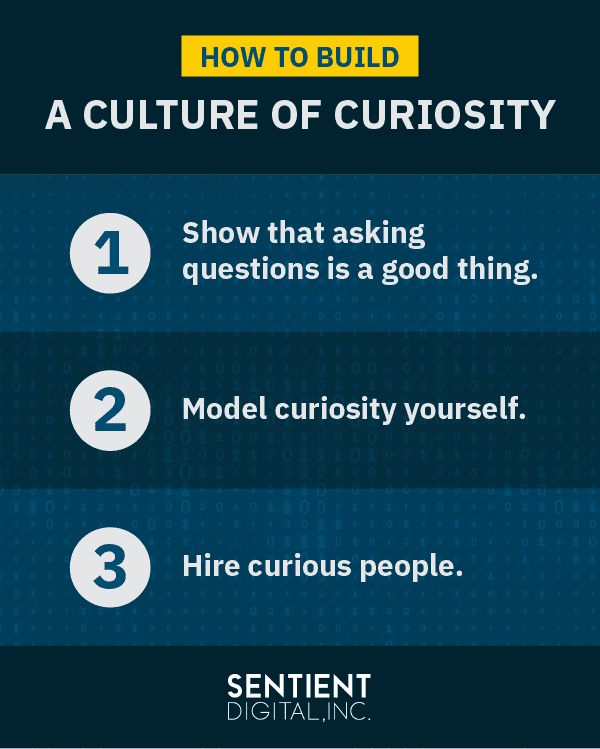
There are several steps to building your culture of curiosity. Firstly, you must make clear to employees that asking questions is a good thing. If employees feel intimidated or as though there is no room for change of the status quo, curiosity will be stifled. Secondly, if you want your employees to be curious, you need to model curiosity for them. This is something that Jon Dionne of RDA exemplifies, as he has continually taken opportunities to expand his skillset, including earning an additional graduate degree in order to learn additional management strategies and skills. Finally, make curiosity a qualification in your hiring process. You can ask questions during the application and interview process that will help ensure your new employee will add to their curiosity to augment that facet of your organizational culture.

Focusing a bit more on the third step, selecting job candidates who are intellectually curious just makes sense for the tech industry, where innovation and adaptability are key. Here are some suggestions for identifying and assessing candidates with this important trait, besides just asking outright:
Your interview questions should encourage candidates to discuss their approach to problem-solving and examples of how they engage in lifelong learning, or how they have challenged assumptions in their previous roles. During the interview, you can also provide candidates with hypothetical scenarios or case studies that require innovative thinking and problem-solving on the spot. Candidates who ask insightful questions, and demonstrate a willingness to explore alternative solutions, may show their curiosity.
A candidate’s resume can also show evidence of their level of curiosity. If the candidate takes the initiative to take on new projects, continuously seeks new challenges, and is always ready to learn something new, it is likely that this will be reflected in their activities outside of work, such as taking courses, earning certifications, participating in professional associations, and so on.
While directly asking candidates if they consider themselves curious is a viable option, questions of this nature might better serve your objective if you pose them to the candidates’ references. When conducting reference checks, ask the references about the candidate’s level of curiosity, their enthusiasm for learning, and their ability to adapt to new challenges. Previous employers or colleagues can provide valuable insights into a candidate’s intellectual curiosity and its impact on their work performance, or what they do outside of work, such as volunteering, that they may not have included on their resume but that shows they can be creative problem solvers.
Culture of Curiosity Case Study: Jon Dionne Leads By Example
RDA’s Jon Dionne not only exemplifies a culture of curiosity with his own life, he fosters that within other employees as well. Recently, he and several other employees completed additional degrees at Brigham Young University. Dionne, who already held Bachelor’s and Master’s degrees in Engineering from BYU, stressed that his objective in undertaking the program was not merely to add another degree to his resume. Instead, he hoped to use the skills gained in the program to mentor less senior employees and assist them in their career development. This also made sense in terms of the direction his career had taken, moving from engineering roles into management roles.
About the Executive MBA Program
Taking another opportunity to reconnect with his alma mater, Dionne enrolled in BYU’s Executive MBA program. This required him to fly out to the campus every other week to attend in-person classes. However, he noted that technology played a significant role in the program too, connecting fellow students via Microsoft Teams and allowing for the use of online resources to a greater extent than when Dionne studied for his previous degrees.
An additional benefit of the executive MBA program is that it enabled Dionne to learn with peers at a similar career level. Unlike the daytime MBA program, the executive MBA students all have twenty or more years of experience, meaning that Dionne was able to learn from his classmates’ experiences as much as from his professors.
Jon Dionne’s Colleagues Joined Him on This Journey of Curiosity
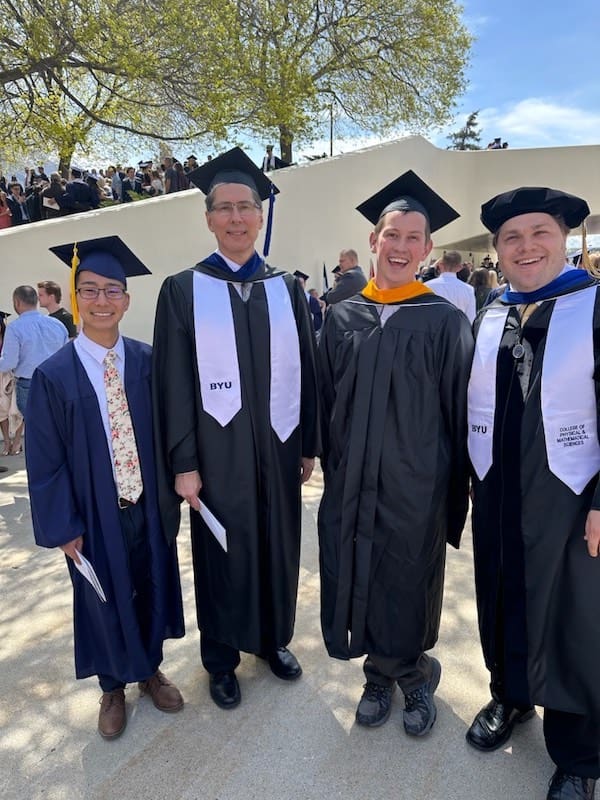
Jon Dionne not only undertook this degree program, but inspired and supported his colleagues in doing so as well. Also graduating with Jon in April 2023 were Adam Kingsley, Electrical Engineer, who earned a PhD in Physics, Joshua Kjar, Electrical Engineer, who earned a Masters in Electrical Engineering, and Munseok Kim, Computer Scientist, who earned a Bachelor in Computer Science. As each of these employees worked on their individual degrees, they collectively reflected and enhanced the curiosity culture at SDi and RDA. Their example will likely inspire other colleagues to do the same, and their new skills will help them further develop their careers and benefit the organization as well.
Be a Part of a Culture of Curiosity
Does the idea of working alongside other curious people to develop innovative solutions to complex problems sound exciting to you? You can learn more about working at SDi to see if our culture would be the right fit for you. If you are ready to take on a new challenge, check out our open positions today!
